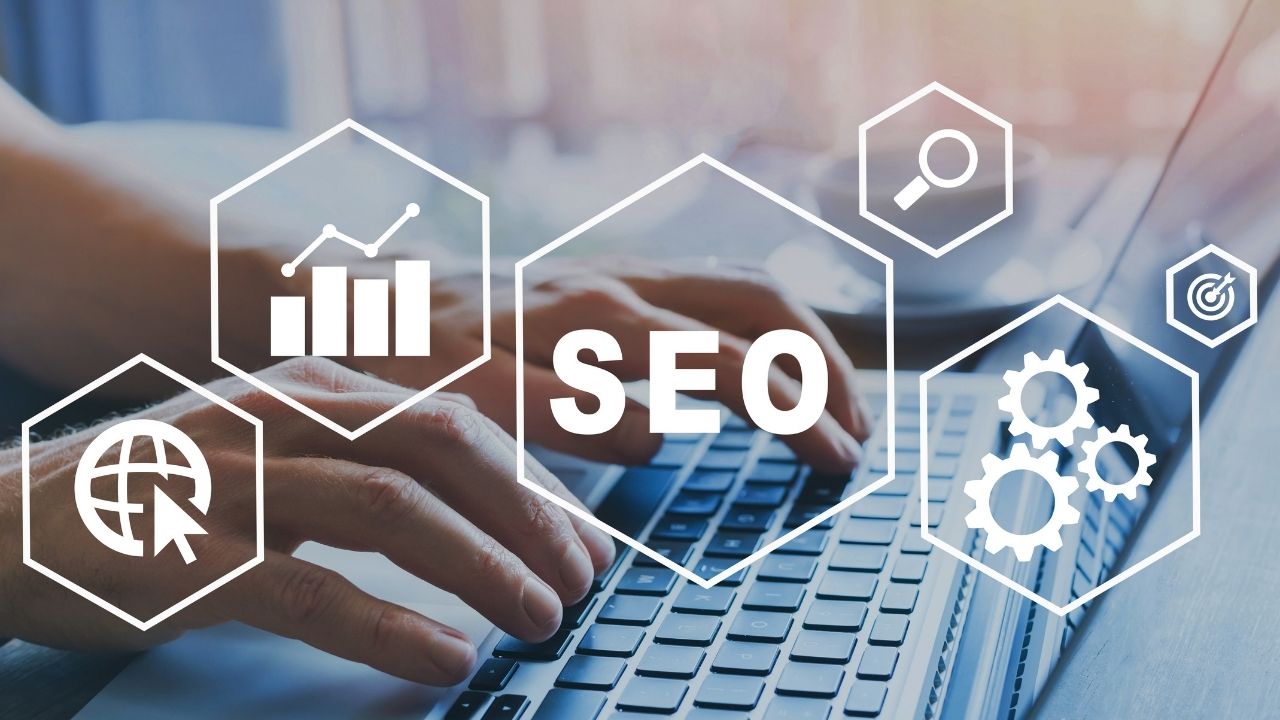
Google Penguins were established to protect their search engine rankings and from less scrupulous opponents. Penguin 2.0 required diversification in your anchor text. The update was however delayed. This article will cover the Penguin 3.0 & 4.0 updates. We will also discuss how Penguin 4.0 is now a part of Google's core algorithm. This is important for all search engine optimization (SEO) professionals. These are the major changes that Google made in its latest update.
Penguin update delayed
Google is currently testing AdWords ads to be placed above organic search results. The Penguin update, however, has been delayed. The official release date is yet to be determined, but the company confirmed that it was delayed. Google has also postponed the Penguin Real Time Update until next year. Although it was delayed, this is still a significant update that will impact SEO strategies on many levels. Although Penguin 2.1 was not delayed for any reason, it's important to know that the algorithm will still apply to about 1% queries.
Penguin 4.0 is now part Google's core algorithms

Although it hasn’t been officially announced, many websites have found the update to be a relief by reducing spam links down to zero. The new algorithm will continue to work to improve websites' rankings and make them more accessible to users. To improve your rankings, here are some tips. This is Penguin 4.0's final version. The actual function of the algorithm doesn't change with this update.
Penguin 2.0 insists that your anchor text should be diversified
Using multiple anchor text types is essential for search engine optimization. A diverse link profile can increase your chances of being ranked high. Penguin 2.0 is more concerned with content than keyword density. In your main text, meta descriptions, and H1 tag, use latent semantic index keyword phrases. Include internal links to increase your content value. Google values quality over quantity. Penguin 2.0 will require that you diversify the anchor text.
Penguin 3.0 was a data refresh
Penguin 3.0 was released on October 17, 2008. It is still being slowly implemented worldwide. This means that the full impact of this algorithm update will not be felt for quite a while. Although it doesn't add any new signals, the changes should affect less than 1% of all English searches. It may take some time for the algorithm updates to have an impact on individual web pages. We'll be discussing the implications of this update for you and your web site in this article.
Penguin 2.0 penalizes sites that have over-optimized inbound links

As a webmaster, you're probably aware of the new algorithm change called Penguin 2.0. Google has tried to discourage spammy link building techniques, and this update is intended to stop such practices. This update does not ban all link building but penalizes sites that are optimized for inbound connections. These are the details.
Penguin Penguin Penguin Penguin Penguin Penguin Penguin Penguin Penguin Penguin Penguin Penguin Penguin Penguin
One little-known fact about the Penguin? It has a hobble! It also has large heads and walks on the land with ease. Their feet are webbed. In addition, penguins are expert divers and swimmers, reaching speeds of up to 15 miles per hour. Penguins blend well into the background because of their black bodies, and their white bellies. This makes them a great choice to hunt small seafood.
FAQ
What does SEO Mean for Small Businesses
Competing with large companies that spend millions in advertising is the biggest challenge for small businesses. Search Engine Optimization (SEO), enables smaller businesses to reap the benefits of this same marketing power without spending a fortune.
Why Should I Use Social Media Marketing
Social media marketing allows you to reach new clients and maintain relationships with those that you already know. You can build a community by sharing interesting articles and engaging in comments and likes with others. This makes it easier for potential customers to find you online.
What is a PPC ad and how does it work?
Pay-per Click ads are text-based advertisements which appear at the top of a page.
These ads are highly targeted and advertisers pay only when someone clicks them.
PPC advertising is very similar to Pay Per Call advertising, which we'll discuss later.
How long does it take to build up traffic through SEO?
The average time it takes to generate traffic via SEO is 3-4 months. It depends on many variables.
-
Your site's content quality
-
Backlinks
-
Targeted keywords
-
Competitor rankings etc.
If you're new to SEO and want to generate some quick results, try using SEMrush for a free trial. They provide a powerful platform that allows you to monitor all aspects of your SEO campaign, including competitor research, backlink profile, top pages, local listings, organic traffic stats, reports, and more.
What are the differences between SEO strategies?
There are many types of SEO strategies, such as search engine optimization or social media optimization (SEO), or pay-per–click advertising (PPC).
SEO is a way to optimize content for certain keywords through text formatting and HTML code.
This allows you to rank higher in search results.
Social media optimization (SMO), in contrast, involves optimizing your site for social networks like Twitter and Facebook.
These can help you build your online reputation and increase traffic to your site when people search for related topics.
PPC ads, which show relevant products and services, appear at search engine results pages' top.
The most common type of PPC ad is an advertisement on Google paid search. These ads are expensive but extremely effective.
PPC advertising can also be done in other ways, such as display ads, video ads and sponsored post.
How Much Does It Cost To Get Rank High in Search Results?
Costs of search engine optimization will vary depending upon the type or project. While some projects will only require changes to your website's existing content, others will require you to redesign everything. There are also ongoing fees for keyword research, maintenance, and other services.
Where can I find my keywords
Consider what type of products or services your company offers and who your ideal customer might be before you start looking for standard terms. Once you've got your list of phrases, you can use tools like Google Keyword Planner to see what phrases people are searching for or go directly to popular search engines like Bing, Yahoo, and DuckDuckGo.
Statistics
- 93%of online experiences today begin on search engines. (marketinginsidergroup.com)
- Which led to a 70.43% boost in search engine traffic compared to the old version of the post: (backlinko.com)
- And 90%+ of these backlinks cite a specific stat from my post: (backlinko.com)
- Sean isn't alone… Blogger James Pearson recently axed hundreds of blog posts from his site… and his organic traffic increased by 30%: (backlinko.com)
- 64% of marketers actively create SEO campaigns because they help hit multiple key performance indicators (KPIs), including increasing traffic, helping your site rank for relevant keywords, improving your conversion rate, and much more. (semrush.com)
External Links
How To
How do I know if I am doing good SEO?
There are many ways to tell if you're doing good SEO.
-
Your bounce rate should never exceed 30%. This means that users will abandon your page without clicking any other link. A high bounce rate indicates that your audience doesn't trust your brand or isn't interested in what you're selling.
-
Visitors will visit different pages on your site. This is a sign that they are engaging with your site.
-
Your conversion rate is improving - your audience has become aware of your product or service and wants to buy it.
-
Your average time on site is increasing - people spend longer viewing your content.
-
Increased traffic from search engines is a sure sign you're doing excellent SEO.
-
You are getting more shares via social media. This indicates that your content can be shared by others, reaching audiences beyond your reach, and is therefore being shared more often.
-
You are getting more comments in forums - this means that people respond positively about your work.
-
Increased engagement means more likes and tweets around your site, as well as shares, shares, likes and likes on posts.
-
Your rank in SERPs keeps increasing, a sign your hard work is paying off.
-
You are getting more leads from your website. This is an indication that people have found you website organically, and are now contacting me.
-
Your sales are growing - this shows that people who came to your website searching for your products and services are buying them.
-
Your blog post receives more views/comments which indicates that people find your content informative and useful.
-
This will increase your subscribers to your email lists. It shows that people trust you enough for them to sign up to receive information about your business.
-
Sales are rising, which means that people love you and your products to the point that they will pay for them.
-
You have more followers on social media, which is a sign that your followers share your content and engage in your brand.
-
You are receiving more PR mentions, which means journalists are talking about you online. This boosts your image and raises awareness for your company.
-
You're being recommended more often - this shows that other companies also recommend your brand.
-
You will see people returning to your website over and over again. This shows that your customers are happy with the work you do, and they will return for more.
-
Your competitors are losing market share - this means they didn’t invest as much in their SEO campaigns.
-
Your brand's image has changed - this means your brand is becoming more popular among new customers.